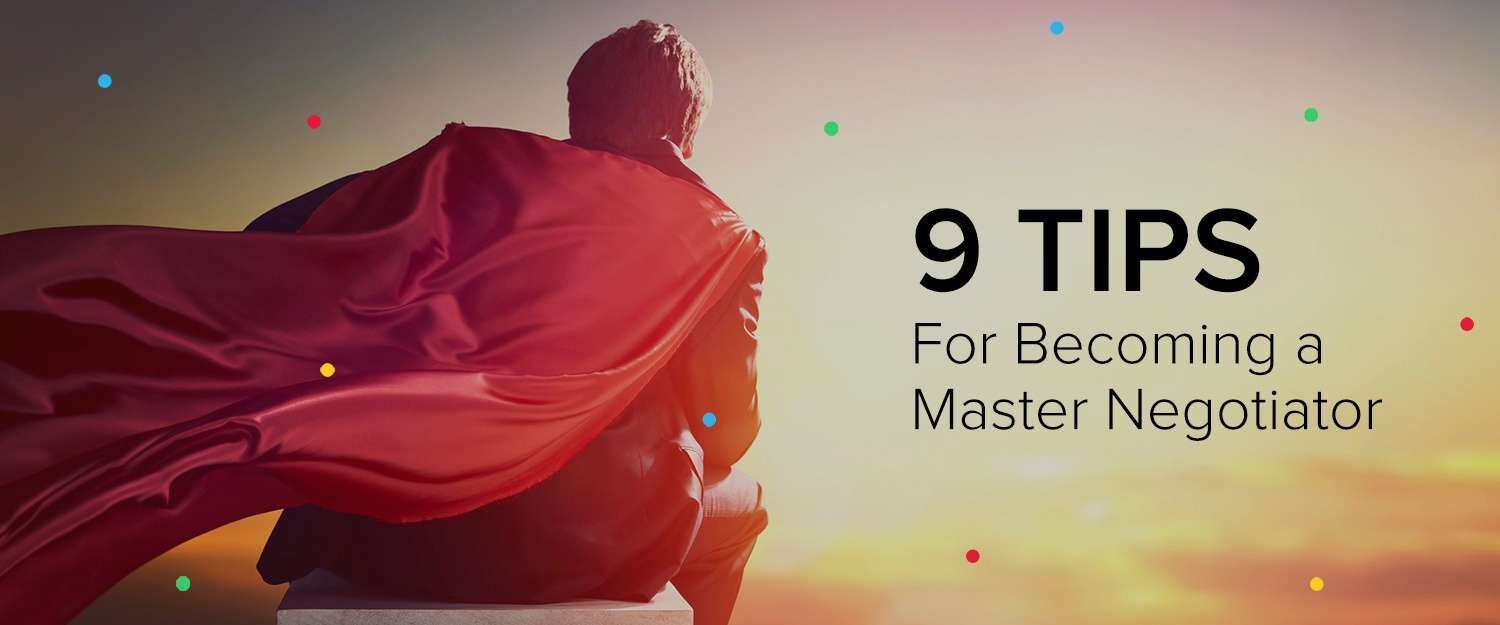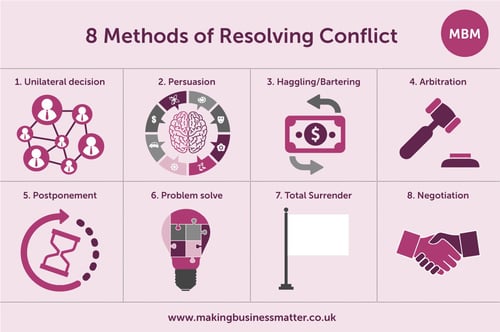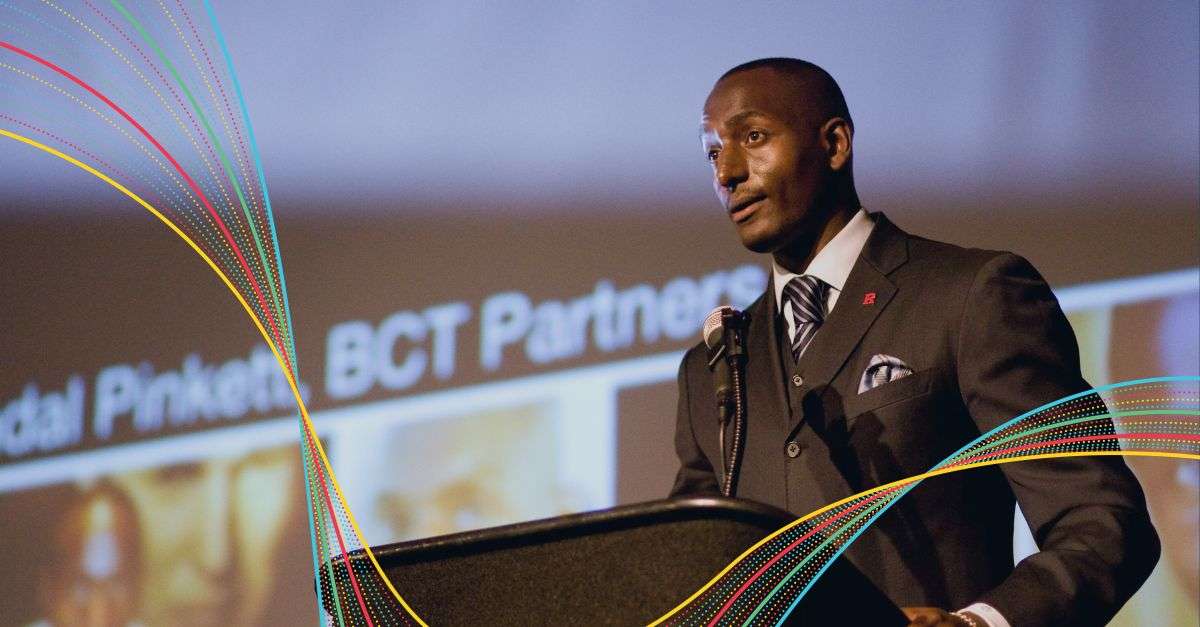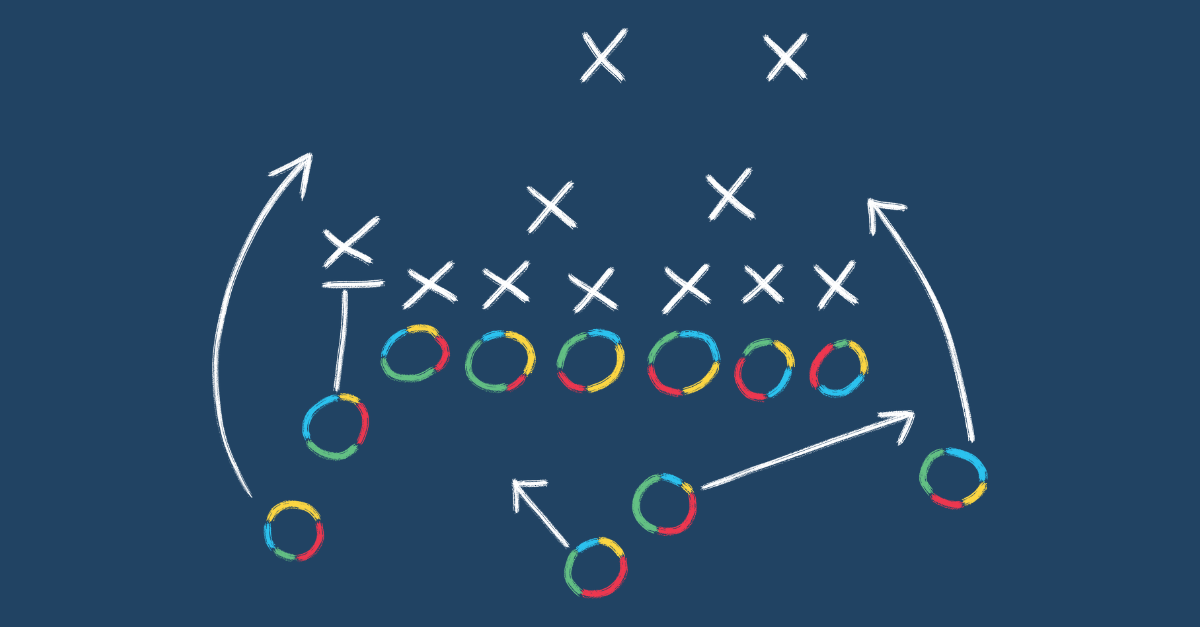This guest post is by Andy Palmer of Making Business Matter (MBM). MBM is a training provider to companies that supply the big 4 UK supermarkets: Tesco, Asda, Morrisons and Sainsbury’s. Andy is an HBDI® Certified Practitioner.
The UK grocery industry is tough. Companies are made and broken each day by the deals that are won and lost with the buyers. But our clients have discovered a key strategy for achieving a win-win: knowing their thinking preferences and understanding the thinking preferences of those they’re negotiating with.
A Whole Brain® approach to negotiation can be extremely useful in helping you get the deal that you want. Follow these nine Whole Brain® Negotiation Tips to build your confidence, become a more effective negotiator and win more frequently.
1. Know Your Thinking Preferences to Win
Understanding your own thinking preferences (e.g, your HBDI® profile) will help you to understand the “mental language” you speak. It’s a little like recognizing when someone is speaking French as you see the subtitles in a film or TV series.
Over the last 14 years, we have seen negotiators bang their heads against the wall trying to get someone to understand what they are proposing. In one common example, a facts-oriented A-quadrant thinker will share a very complex spreadsheet of costs with a more strategic and conceptual D-quadrant thinker, and the negotiation quickly becomes fraught—not because of the deal but because the two are “speaking different languages.”
Action: Know how you “speak” and how this may—or may not be—helping your negotiations.
2. Know Their Thinking Preferences to Win
Being able to spot someone’s thinking preferences takes a little practice, but in time, you’ll be able to quickly estimate the “other side’s” profile. The simplest way to do this is to start guessing as soon as you meet them and then see whether or not your observations support your guess. If they do not, keep making observations and plotting your guesses on the Whole Brain® Model (either literally or in your head). Eventually you’ll have a large number of observations in one or more quadrants, giving you a good idea of what this person’s preferences are.
Action:
- To identify A-quadrant thinkers: Look for a reliance on facts, such as questions like, “Is that £2.32 per box for 2,000 boxes delivered on Thursday 31st May?”
- To identify B-quadrant thinkers: Look for words like “plan” in their language, revealing a focus on structure and timelines.
- To identify C-quadrant thinkers: Expect more small talk, which is a sign to spend more time on the relationship.
- To identify D-quadrant thinkers: Listen for big-picture thinking, such as statements like, “This could impact where we want to go with our long-term strategy.”
3. Use Your Preferences to Your Advantage When You Get Ready to Negotiate
“Being comfortable in your own skin” is a phrase that works well here, because when you’re comfortable that your thinking preference is a strength, you’ll be able to rely on it more deliberately. Each quadrant has something to offer to the skill of preparing to negotiate.
Action:
If you’re a predominantly fact-oriented (A-quadrant) thinker, you’ll be very good with numbers, spreadsheets, and calculating the “what ifs.” Use this strength when you prepare by second-guessing the scenarios and having them prepared with your thoughts on each one.
If you’re a predominantly detail-oriented (B-quadrant) thinker, you’ll be strong at planning. Prepare a plan for your negotiation showing your “ideal price,” your “walk-away price,” your “wishes,” and your “gives.” Also include what you’ll do if three different curveballs get thrown your way.
Sign up to our newsletter for the latest insights
If you’re a predominantly strategic-oriented (D-quadrant) thinker, you can see the impacts of the negotiation on the bigger picture. Identify and rank those impacts to understand which ones are most positive and negative for your business.
4. Learn How to Negotiate With Different Thinkers
The advantage that Whole Brain® Thinking can give you is that you can prepare yourself for what your opponent might say, especially if this is not your first negotiation with them. As you prepare for your negotiation, ask yourself how they are preparing, based on their thinking preferences. Will they want to negotiate using facts, or a plan, or about the relationship, or the impact on the future? Knowing this is to be forearmed.
Action: Prepare from their perspective, with their thinking preferences in mind.
5. Prepare a Whole Brain® Negotiation
First, be aware of your own thinking preference strengths as a negotiator. Next, prepare from the other three perspectives too. Begin with your preferred style, because this will give you confidence, and it’s where you’re going to naturally go anyway. The challenge is to prepare from the other three perspectives. This can be difficult, but it’s so worthwhile.
Action: Prepare your negotiation from all four perspectives.
6. Try This Tried-and-Tested Negotiating Tool
No matter your preferences, a tried-and-tested negotiating tool is “If you…, then I…” This simple technique can be effective for all thinkers.
Action: Watch this one-minute video.
7. Flex to the D-Quadrant to Find Other Ways to Resolve Conflicts
We believe there are eight ways to resolve a conflict, and negotiating is just one of them. If you’re not naturally a D-quadrant, “yellow” thinker, this is a great way to put yourself in that mindset when resolving conflict.
Action: Identify how you have mostly resolved conflict in the past.
8. Flex to the C-Quadrant to Further Improve Relationships
Demystify trust by breaking it into four component parts. This is good practice for stretching or reinforcing your C-quadrant thinking.
Action: Understand the trust equation and which parts you can improve even further.
9. Understand the Whole Brain® Better
To understand more about the HBDI® and how it can help you, read our ultimate guide to HBDI®.
Action: Get intentional about being a Whole Brain® thinker!
Making Business Matter is a training provider to the UK grocery industry. They help suppliers to the big four supermarkets to develop the soft skills that will secure them more profitable wins. Their unique training method, Sticky Learning®, ensures that their learners are still using their new skills five months later, which enables them to guarantee a measurable return on the training investment.













